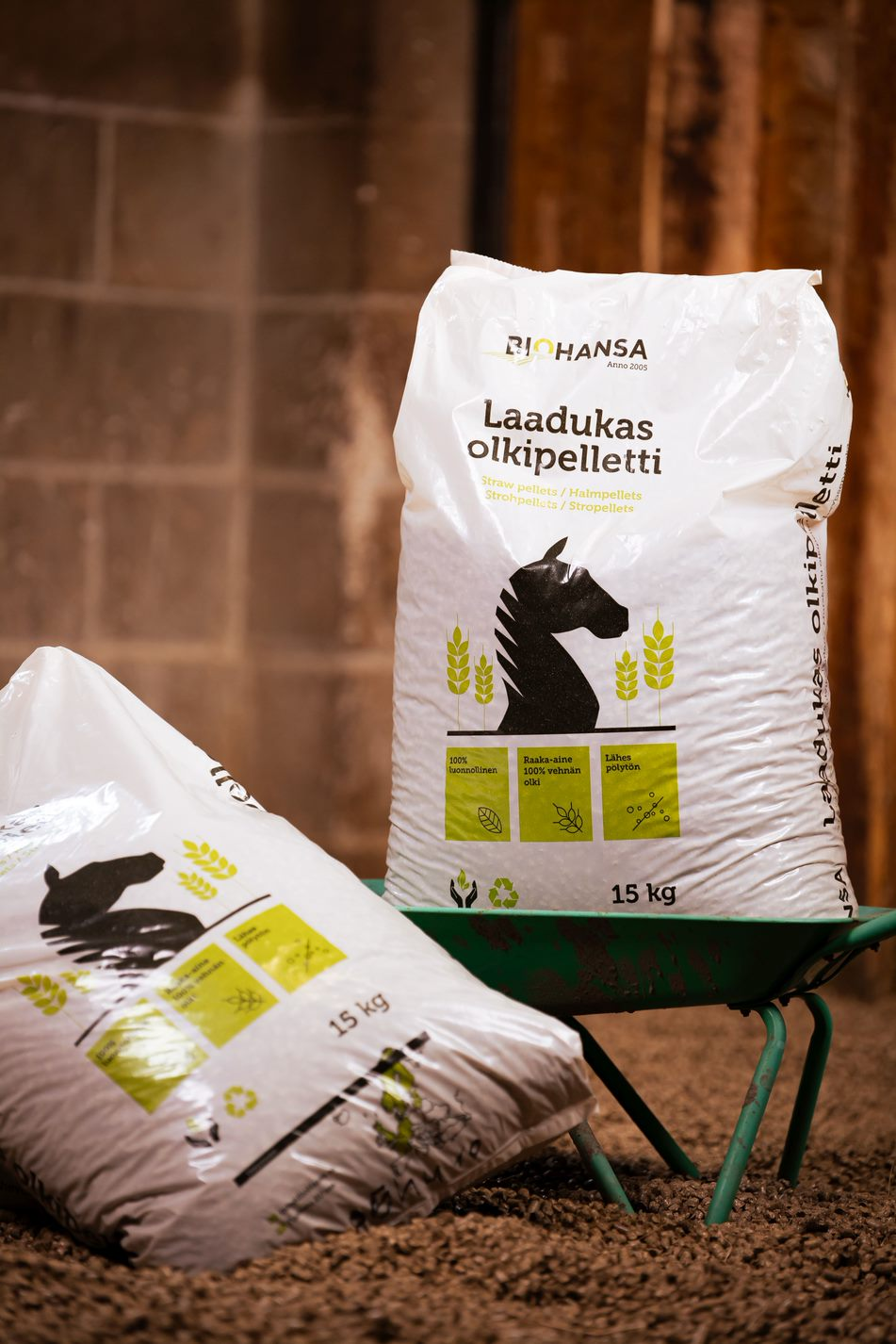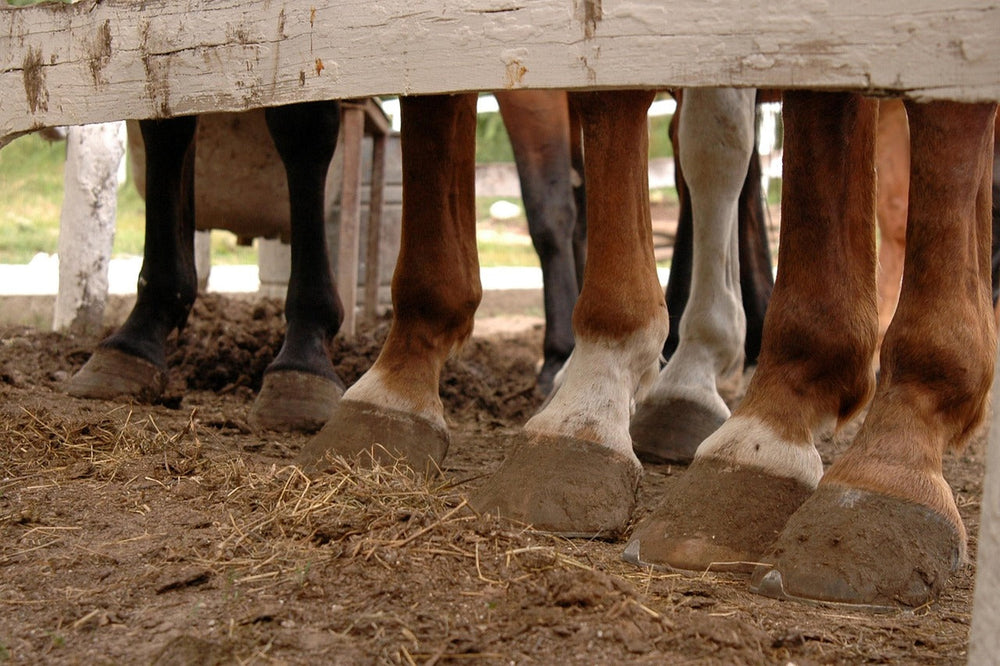Category_Uutiset ·
karkearehu ·
lisärehut ·
rehunkäyttö ·
ruokintasuunnitelma ·
ruuansulatus ·
vitamiinit ·
Does the horse need additional feed?
A horse's diet consists mainly of roughage, i.e. hay and concentrates, but the importance of supplementary feeds should not be overlooked. Supplementary feeds provide the horse with important nutrients that may not be available in sufficient quantities from the basic diet.
But does a horse need supplementary feed, and if so, what and when? Supplementary feed is often needed when the roughage is of poor quality or when the horse's nutrient needs increase due to some "exceptional" condition, such as heavy work, pregnancy, lactation or growth. It is still worth remembering that supplementary feed is not medicine or a direct treatment for health problems.
Supplements can also provide an extra boost if the horse is clearly showing signs of a nutrient deficiency, such as poor hooves or coat, or has intestinal or muscle problems. They can also be used to support the normal functioning of the digestive system, as the horse's digestive system is sensitive and requires the right kind of nutrition to function optimally.
Complementary feeds can contain digestive aids such as prebiotics and probiotics, which help maintain healthy gut bacteria, which in turn improves digestive function and helps the horse utilize nutrients more efficiently.






